Costa Rica has emerged as a significant film destination in recent decades, influenced by its rich biodiversity, breathtaking landscapes, and commitment to environmental conservation.
The Central American country has had a notable impact on global film production, both as an inspiring location and through the generation of content that reflects its values and culture.
One of the main aspects that has attracted international filmmakers is Costa Rica’s varied geography. From its lush rainforests to its incredible beaches, as well as each majestic mountain, the country offers a diverse natural environment that is ideal for a wide range of film genres. Productions such as “Jurassic Park” have used these landscapes to create fictional worlds that resonate with audiences while highlighting Costa Rica’s natural beauty.
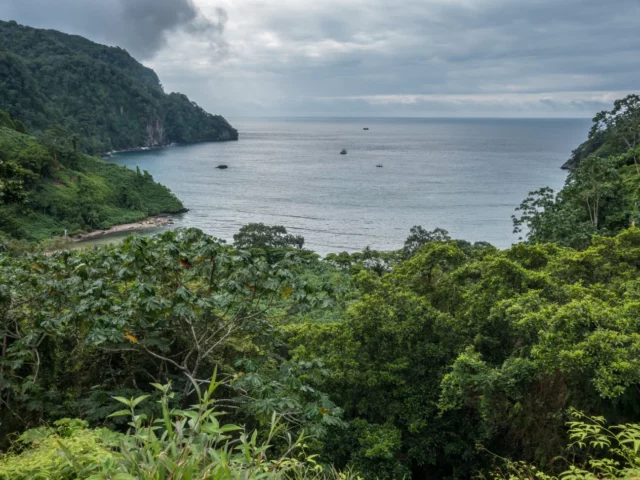
Costa Rica not only serves as a beautiful backdrop for cinematography but it is also integrated into the narrative of various stories in the cinema, therefore, we present some movies that have been filmed in the country or that mention it:
* As mentioned above, “Jurassic Park” from 1993. Although the movie was mainly filmed in Hawaii, the story mentions Costa Rica as the place of origin of the island where the park is set. The series has left a mark on popular culture in the country.
READ MORE
* Congo: In 1995, the film directed by Frank Marshall was made near the Arenal and Irazú volcanoes. The latter was shown as if it were an active volcano located in a remote area of the Congo. It is there that a team of scientists travels with different interests: such as the search for the famous lost city of Zinj.
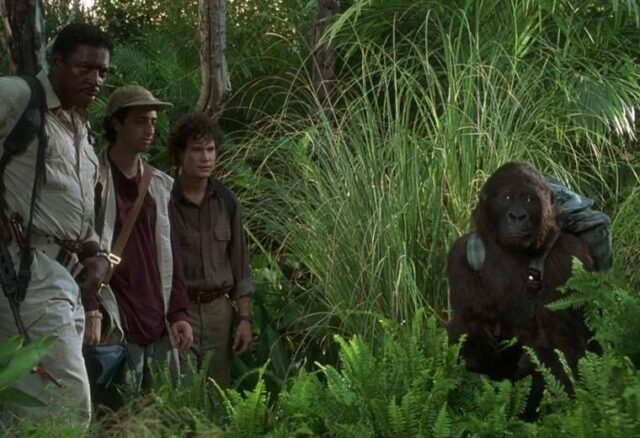
* Although the movie “The Good Doctor” (2011), does not focus on Costa Rica, it includes mentions and references to the country, reflecting its image in medicine and ethics.
* The 2013 super movie “AfterEarth” starring Will Smith and Jaden Smith includes some scenes that were shot in the jungles of Costa Rica, taking advantage of its lush vegetation and biodiversity. To be specific in La Fortuna de San Carlos and Sarapiqui.
READ MORE
* Paddington (2015), is a British comedy film directed by Paul King, based on Michael Bond’s Paddington Bear. It stars Hugh Bonneville, Sally Hawkins, JulieWalters, Jim Broadbent, and Peter Capaldi, with Nicole Kidman and Ben Whishaw as the voice of the bear character.
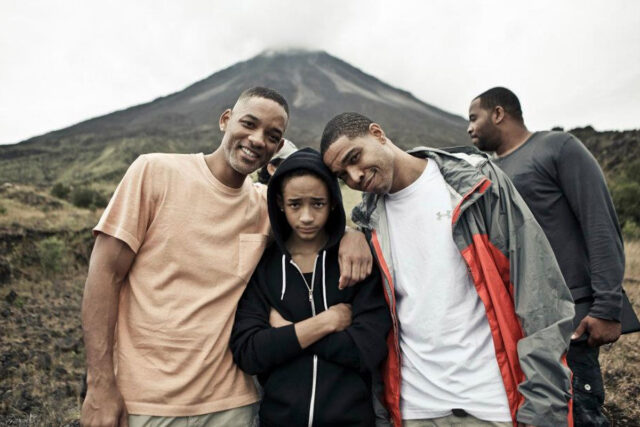
In the story the bear is from Peru, however, the film carries shots from the rainforest and cloud forest of Monteverde, Costa Rica.
* Runner Runner, is a 2013 American crime thriller directed by Brad Furman, starring Justin Timberlake. The story features Richie (Timberlake), a Princeton graduate student, who believes he has been conned and travels to Costa Rica to confront online gambling tycoon Ivan Block (Ben Affleck).
* “The Last Full Measure” (2019), is an American war drama film written and directed by Todd Robinson. The film stars Sebastian Stan and John Savage, who were in Costa Rica filming some of the scenes for this movie. It was also filmed in Thailand and the United States.
* Serendipity” from the year 2020, combines elements of adventure and romance and also incorporates Costa Rican landscapes in its narrative.
* In the initial part of the movie Arthur The King, released in 2024, they show scenes that resemble and even place Costa Rica as a reference to its beaches and jungles because the protagonist, Mark Wahlberg, participates with his team in extreme sports championships.
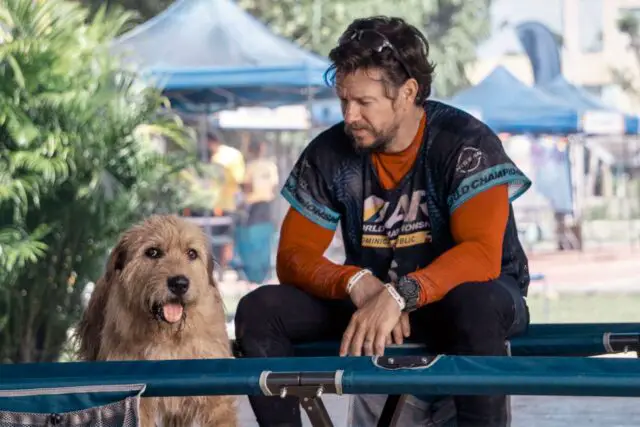
Local production environment
Costa Rica has fostered an environment conducive to local production. Film festivals such as the Costa Rica International Film Festival, have promoted local talent and fostered the creation of content that addresses relevant issues such as conservation, cultural identity, and social challenges, whose initiatives have allowed Costa Rican filmmakers to make a name for themselves on the international scene.
READ MORE
Costa Rica’s commitment to sustainability and environmental protection has also influenced the cinematic narrative. Many productions have begun to incorporate messages about nature conservation and biodiversity, reflecting the country’s philosophy of being a leader in ecotourism and sustainable development. This has not only contributed to the film industry but has also raised global awareness of the importance of protecting the environment.
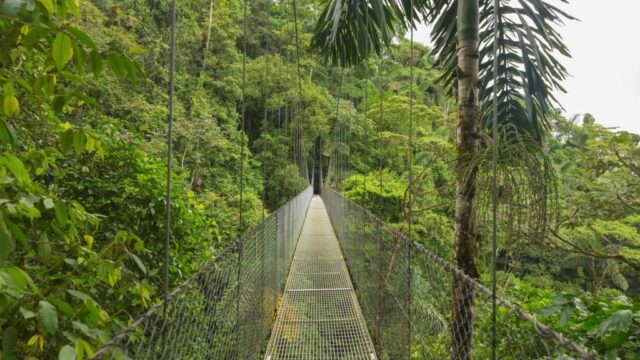
Finally, Costa Rica’s cultural impact on film extends beyond its borders. The stories emerging from the country, along with the representation of its culture, traditions, and values, have begun to resonate with international audiences, promoting a greater understanding and appreciation of Costa Rican identity.

